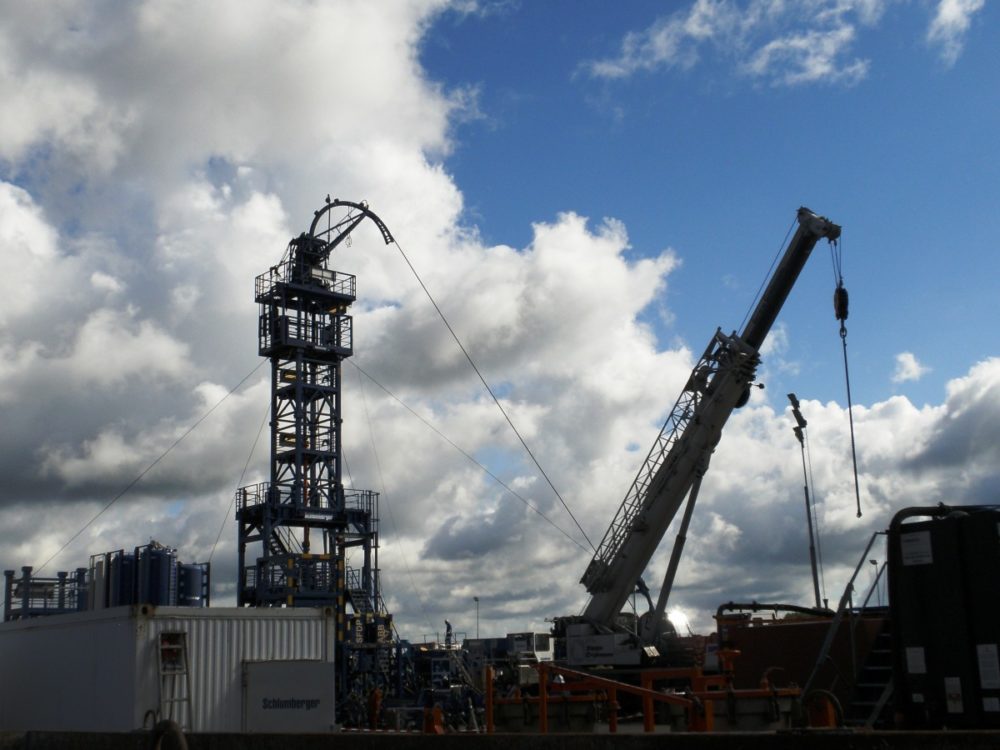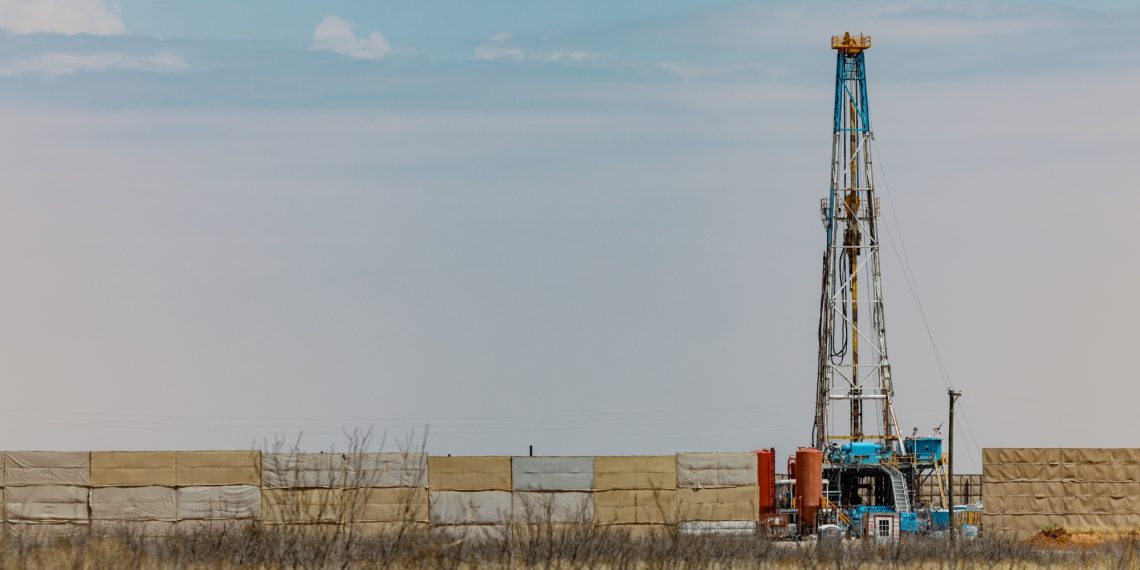U.S. crude oil prices surged last week to their highest levels of the year, driven by global supply concerns and ongoing production cuts by OPEC+. Brent crude surpassed $91 a barrel, while WTI futures reached over $86 a barrel, their highest since October.
Despite these price gains, American shale drillers remain cautious about significantly increasing output due to various challenges.

Many shale operators are grappling with declining natural gas prices, which reduces the overall profitability of their operations. The cost to drill new wells in key shale regions like the Permian has risen significantly over the past year, adding to the financial strain.
Additionally, low gas prices, currently below $1.80 per MMBtu, present significant challenges for producers, particularly those with associated gas production.
In regions like West Texas, producers are facing negative gas prices, indicating oversupply and limited pipeline capacity.
This situation forces producers to curtail output or pay to have gas removed from the ground. Despite the high oil prices, the constraints in the natural gas market are dampening the enthusiasm for increased drilling activity.

Factors such as limited access to financing and investor pressure to prioritize returns over production growth are further constraining expansion plans.
Looming regulatory fees for methane emissions could add to operational costs, creating additional uncertainty for producers.





